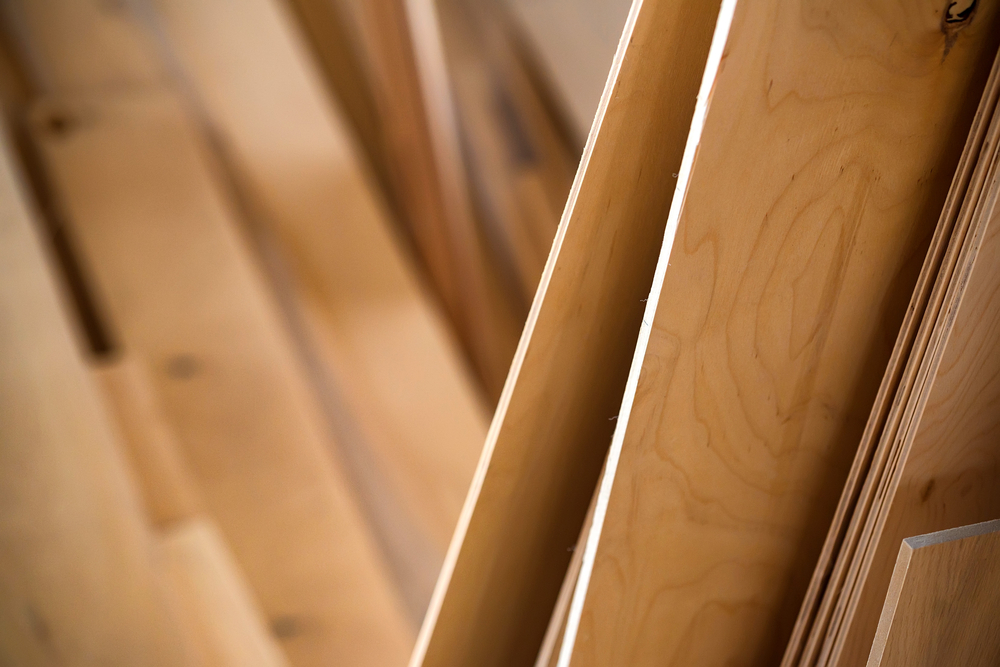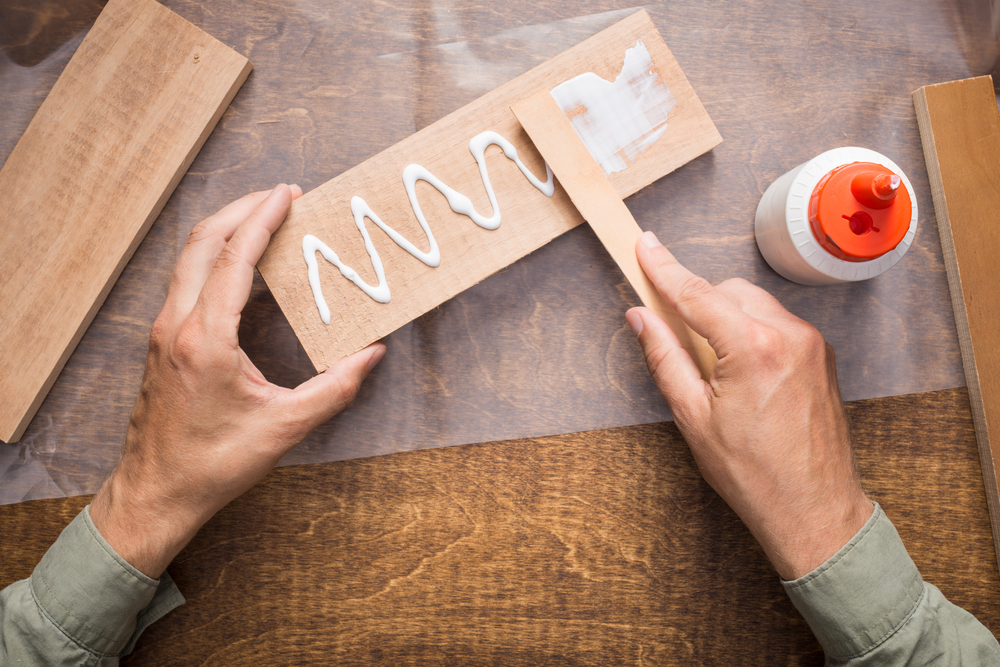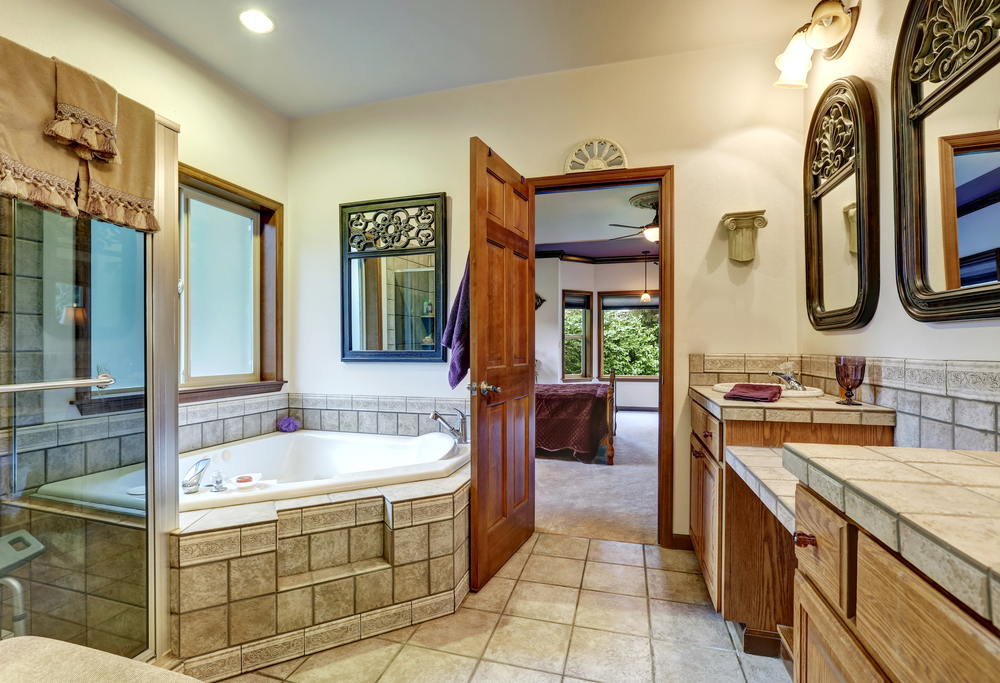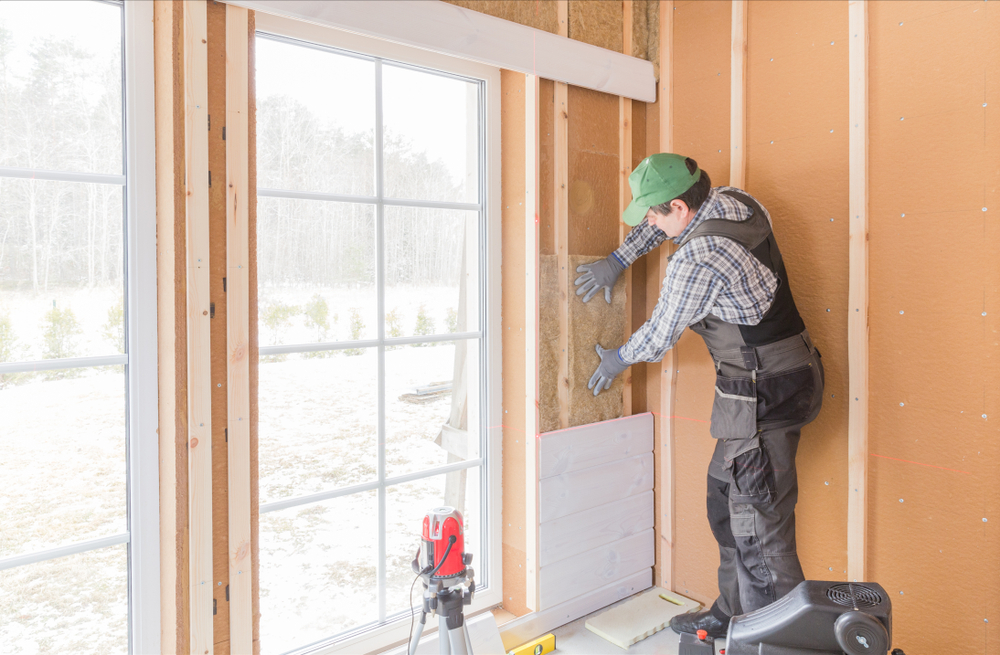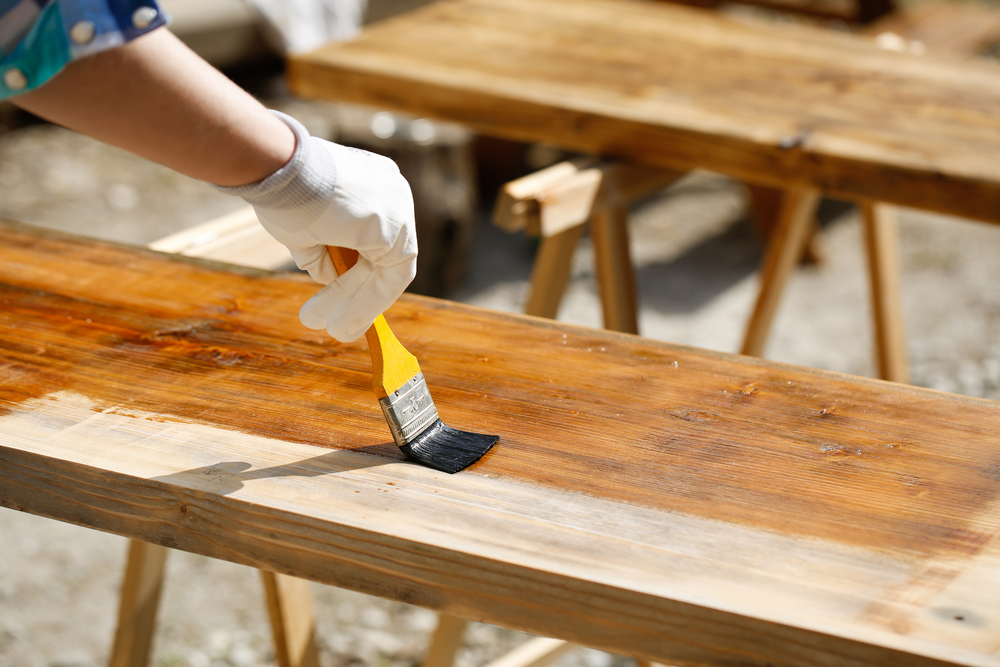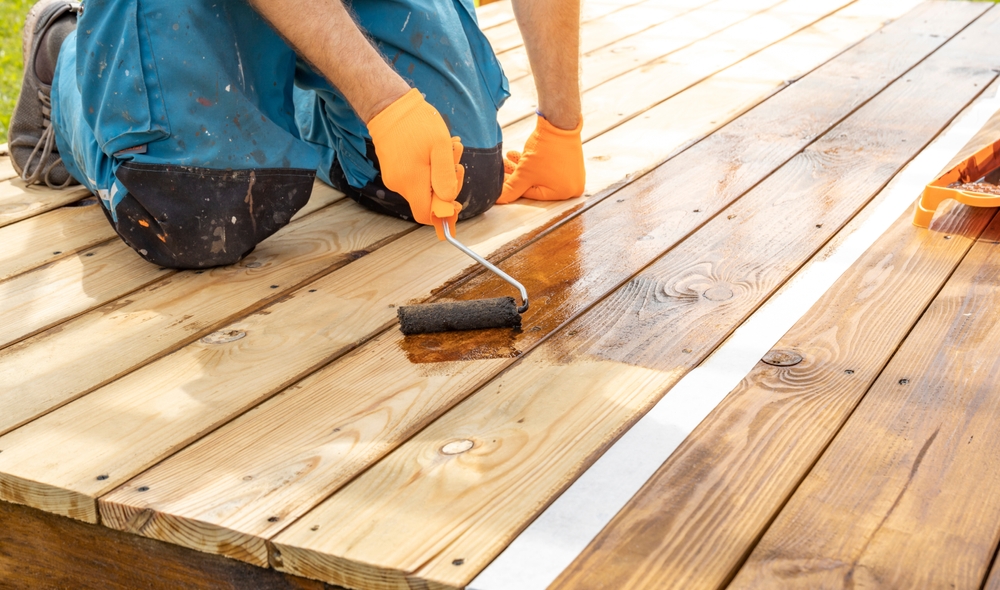Can I Paint Pressure Treated Wood?
Pressure treated wood is a popular choice for outdoor projects due to its enhanced resistance to rot and insect damage. However, when it comes to painting this type of wood, there are specific considerations that should be kept in mind.
Understanding Pressure Treated Wood
Before diving into the painting process, it’s essential to understand what pressure treated wood is. This wood has been infused with preservatives to extend its life. The treatment involves placing the wood in a chamber and applying a vacuum to remove air. The chamber is then filled with chemical preservatives, and pressure forces these chemicals deep into the wood fibers.
The preservatives often used include copper compounds, which offer protection against decay and insect infestation. While effective at preserving the wood, these chemicals can affect how paint adheres to the surface.
Can You Paint Pressure Treated Wood?
Yes, you can paint pressure treated wood, but you can only achieve long-lasting results by following specific steps. The main challenge with painting treated wood is its tendency to hold moisture. Paint does not adhere well to wet surfaces, so drying the wood is crucial.
Preparing Pressure Treated Wood for Painting
The preparation phase is critical. Newly treated wood is often quite wet, and it may take several weeks or even months to dry out completely. You can test wood readiness by sprinkling water on the surface. If the water absorbs, it’s likely dry enough. If water beads up, the wood requires more drying time.
Begin preparation by cleaning the wood to remove any surface residues. Washing with a mild detergent and water mix should suffice. A scrub brush will help remove dirt and grime. Rinse the wood thoroughly and let it dry.
Sanding Pressure Treated Wood
To further ensure paint adhesion, lightly sand the surface once the wood is dry. Sanding helps to create a slightly rough texture, which allows paint to stick better. Use medium-grit sandpaper and sand along the wood grain. Avoid aggressive sanding that can damage the wood.
Choosing the Right Primer
Applying a primer specific for use on pressure treated wood is an essential step. Primers act as a bridge between the wood and the paint, ensuring better adherence. A latex-based primer is usually recommended. These primers are flexible and less likely to peel or crack.
Apply the primer with a brush or roller, ensuring it covers all surfaces. Allow the primer to dry completely according to the manufacturer’s instructions before proceeding to paint.
Selecting Paint for Pressure Treated Wood
After applying the primer, you can move on to the paint. Acrylic latex paints are a good choice for pressure treated wood. They provide durability, flexibility, and are resistant to color fading. Furthermore, these paints are breathable, allowing moisture to escape from the wood.
Like the primer, apply paint with a brush or roller. Ensure even coverage and consider applying two coats for the best results. Let the first coat dry completely before applying the second.
Environmental Considerations
Weather conditions can impact painting. Avoid painting in direct sunlight or high humidity. Ideal painting conditions are warm, dry days. Early morning or late afternoon typically offers optimal conditions.
Maintaining Painted Pressure Treated Wood
Regular maintenance will extend the life of your painted wood. Clean the surface periodically to remove dirt and debris. Apply a fresh coat of paint every few years to maintain the protective barrier. Inspect the wood for damage or signs of wear regularly, particularly in areas exposed to the elements.
Possible Challenges
Despite the precautions, you might face some challenges. Peeling paint often results from poor surface preparation or an inappropriate primer. Blistering occurs when moisture is trapped beneath the paint surface. To avoid these, ensure thorough drying and quality materials.
Additionally, checking paint suitability for specific preservatives used in the wood can help avoid reactions or bonding issues. Reading labels and manufacturer recommendations can guide your decisions.
In summary, while painting pressure treated wood requires careful preparation and specific products, it is entirely feasible. Success lies in the wood’s thorough drying, using a suitable primer, and selecting quality paint. This method ensures a beautiful, durable finish that enhances and protects your wood structures.

